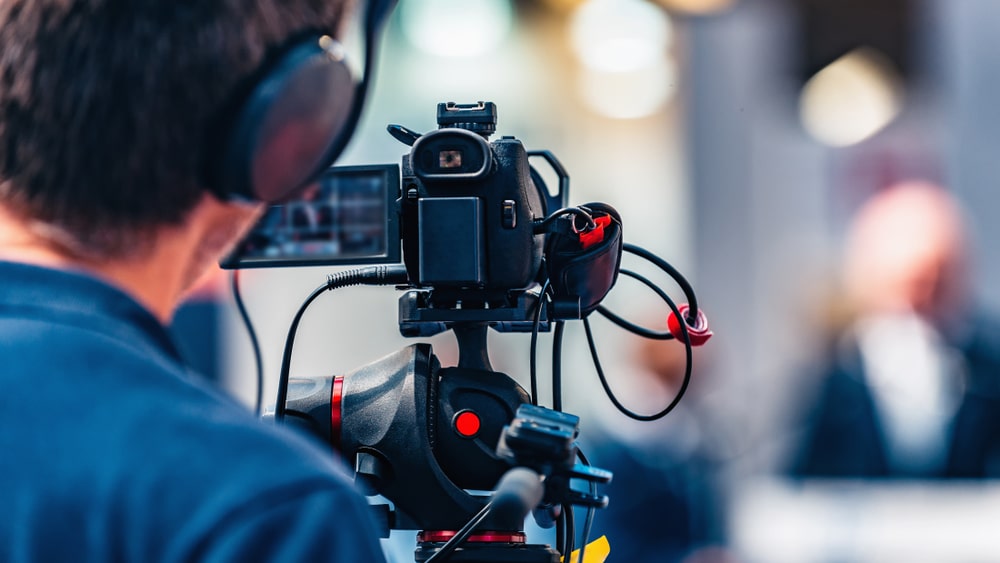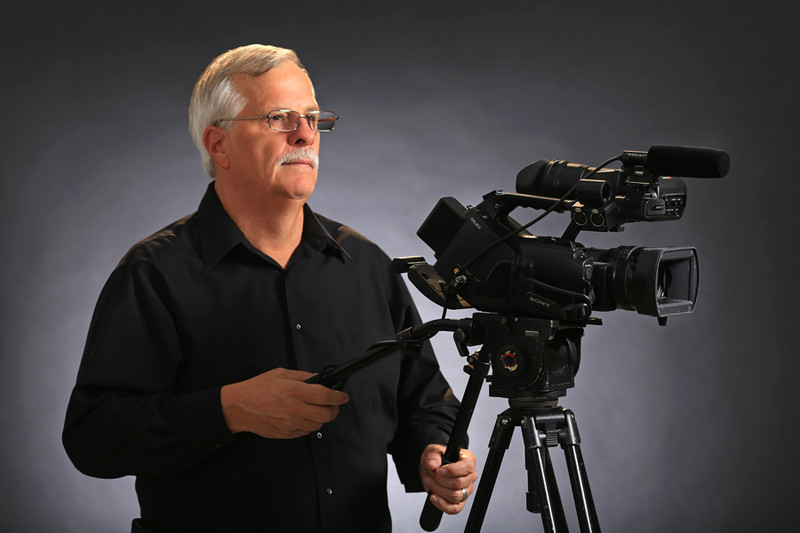Legal Videography: An Innovative Approach to Recording Legal Testimonies
Legal Videography: An Innovative Approach to Recording Legal Testimonies
Blog Article
Why Lawful Videography Is Critical for Accurate Court Recordings
The function of legal videography in court room settings can not be overemphasized, as it serves as an important device for protecting the honesty of court records. The effects of integrating lawful videography into typical court techniques increase important concerns about its more comprehensive influence on the legal system.
Significance of Visual Evidence
In the world of lawful proceedings, the value of aesthetic evidence can not be overemphasized. Visual proof works as a powerful tool in developing facts, supporting testimonies, and enhancing the total clearness of a situation. This type of evidence, that includes photos, videos, and representations, can provide a concrete context that spoken summaries usually do not have, thereby supplying juries and courts a clearer understanding of the conditions surrounding a case.
Furthermore, aesthetic proof aids in the retention of information. Human cognition is naturally visual, and individuals are extra likely to bear in mind and understand details presented in a visual layout. In the courtroom, this can be critical, as compelling aesthetic evidence can persuade point of views and reinforce the narrative offered by legal agents.
In addition, the use of visual proof can minimize misunderstandings and obscurities that commonly arise from spoken exchanges. By offering a straight representation of events, visual evidence assists to remove subjective analyses and fosters a more objective assessment of the truths. As a result, the combination of visual proof right into lawful procedures not only reinforces the honesty of the judicial process however also enhances the possibility of achieving a simply result.
Recording Non-Verbal Hints
Using innovative videography methods can significantly enhance the capture of non-verbal signs throughout lawful process. Non-verbal communication, including faces, body language, and eye call, plays a crucial role in conveying feelings and purposes that may not be clearly specified in verbal statement. legal videography. Lawful videography employs high-def cameras and calculated angles to guarantee that these refined cues are taped with clarity and precision
The capacity to evaluate non-verbal actions can offer beneficial context to statements made throughout court sessions. For instance, a witness's hesitation or confidence can be translated via their position or motions, potentially affecting the jury's understanding of reliability. The usage of close-up shots can help focus on an audio speaker's expressions, enabling for an extra nuanced understanding of the testimony.
Moreover, integrating numerous cam angles can produce a comprehensive sight of interactions, highlighting dynamics in between parties entailed. This multifaceted strategy not only enhances the precision of the court document but additionally aids in maintaining the integrity of the judicial process - legal videography. Inevitably, catching non-verbal cues via a knockout post legal videography promotes a richer, extra total depiction of courtroom process

Enhancing Statement Integrity
The reliability of testimony can be read this significantly bolstered with using premium lawful videography. Video clip recordings act as an objective tool that captures not just the talked words of witnesses yet additionally the subtleties of their distribution, consisting of tone, pacing, and psychological expressiveness. This complex documentation provides a clearer understanding of the witness's reliability and purposes, which can be critical in lawful process.
Furthermore, lawful videography lessens the possibility for false impressions that might develop from written records alone. When jurors can observe a witness's behavior and body language together with their testament, they are much better geared up to assess the authenticity and integrity of the evidence provided. This aesthetic context can enhance the testimonial narrative, making it a lot more engaging and trustworthy.
In addition, the presence of a video recording can prevent possible disparities in statement. Witnesses might be extra cautious in their statements when they understand they are being videotaped, leading to more precise and genuine accounts. Overall, premium lawful videography improves the honesty of testament, ensuring that the court has access to a full and genuine representation of the facts as conveyed by the witnesses.
Sustaining Appeals and Reviews
Lawful videography plays an important duty in sustaining allures and testimonials by providing a comprehensive visual document of court room process. This aesthetic documentation captures not only the talked words of witnesses and lawyers yet also the nuances of body language, intonation, and court characteristics. Such elements can be pivotal in understanding the context of statements and debates offered.
In the appellate procedure, where the focus is on errors of law and procedural fairness, a video clip document can act as an essential device for appellate courts. It enables judges to assess the original trial context, making certain that decisions are based on his response a full understanding of the process. The ability to aesthetically assess the attitude of witnesses or the interactions between parties can expose understandings that composed transcripts may neglect.

Furthermore, lawful videography can help in clearing up uncertainties in testimonies or procedural judgments, consequently enhancing the basis for an appeal. By supplying a reputable, objective account of what transpired in court, lawful videography not just sustains the integrity of the legal process but also encourages all celebrations included to make informed decisions concerning their instances.
Streamlining Court Processes
Enhancing court room effectiveness, legal videography streamlines procedures by giving instant accessibility to visual documents of process. This innovation allows courts, lawyers, and courts to revisit crucial statement and evidence, guaranteeing that all events have a clear understanding of the situation. By recording the subtleties of verbal and non-verbal interaction, videography enriches the document, making it simpler to grasp the context and weight of testaments.

In addition, video recordings can facilitate remote engagement in hearings, enabling for greater adaptability in scheduling and engagement, which is especially valuable in intricate situations involving several stakeholders.
Conclusion
In verdict, legal videography plays a vital function in guaranteeing exact court recordings by offering essential aesthetic evidence that catches both spoken and non-verbal communication. This technique improves the integrity of testimonies, sustains appellate reviews, and simplifies court room procedures. By fostering a detailed understanding of courtroom dynamics, lawful videography ultimately contributes to extra equitable judicial results, enhancing the stability of the lawful system and facilitating notified decision-making.
Report this page